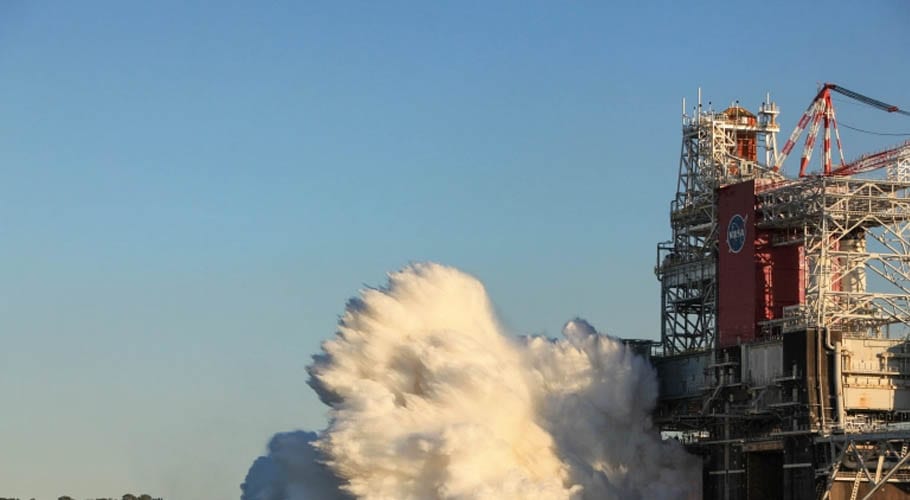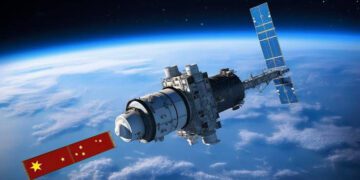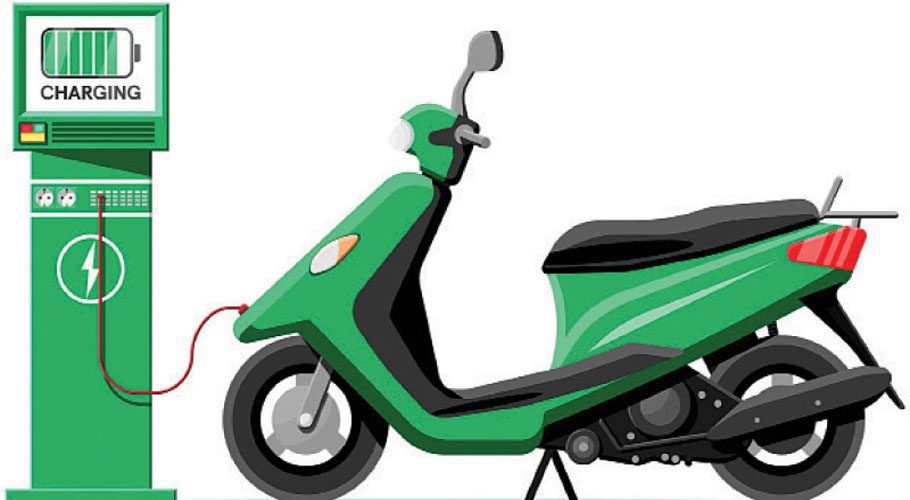![]() Follow Us on Google News
Follow Us on Google News
WASHINGTON: NASA’s deep space exploration rocket built by Boeing momentarily ignited all four engines of its behemoth core level for the first time on Saturday, cutting short a crucial test to advance a years-delayed U.S. government plan to return humans to the moon by 2024.
Mounted in a test facility at NASA’s Stennis Space Center in Mississippi, the Space Launch System’s (SLS) 212-foot tall core stage roared to life at 4:27 p.m. local time (2227 GMT) for just over a minute — well short of the roughly four minutes engineers required to stay on track for the rocket’s first launch in November 2021.
On Saturday, we conducted a hot fire test of the core stage for the @NASA_SLS rocket that will launch @NASAArtemis missions to the Moon. Find out more about the test: https://t.co/vbdcRmbk3d pic.twitter.com/dX0MCTNWJM
— NASA (@NASA) January 17, 2021
NASA administrator Jim Bridenstine said at a press conference after the test, “Today was a good day, we got lots of data that we’re going to be able to sort through to settle on if a do-over is required and whether a November 2021 debut launch date is still possible.
The engine test, the last leg of NASA’s almost year-long “Green Run” test campaign, was a crucial step for the space agency and its top SLS contractor Boeing before a debut unmanned launch later this year under NASA’s Artemis program, the Trump administration’s push to return U.S. astronauts to the moon by 2024.
It was unclear whether Boeing and NASA would have to repeat the test, a prospect that could push the debut launch into 2022. NASA’s SLS program manager John Honeycutt, cautioning the data review from the test is ongoing, told reporters the turnaround time for another hot fire test could be roughly one month.
"The test article that is behind us is also the flight hardware that will launch Orion to the Moon. This is unique. […] This article made the right decision to shut itself down." – Administrator @JimBridenstine on today's @NASA_SLS core stage test. pic.twitter.com/hv7mRx7gAn
— NASA (@NASA) January 17, 2021
To simulate internal conditions of a real liftoff, the rocket’s four Aerojet Rocketdyne RS-25 engines ignited for roughly one minute and 15 seconds, generating 1.6 million pounds of thrust and consuming 700,000 gallons of propellants on NASA’s largest test stand, a massive facility towering 35 stories tall.
The expendable super heavy-lift SLS is three years behind schedule and nearly $3 billion over budget. Critics have long argued for NASA to retire the rocket’s shuttle-era core technologies, which have launch costs of $1 billion or more permission, in favor of newer commercial alternatives that promise lower costs.
By comparison, it costs as little as $90 million to fly the massive but less powerful Falcon Heavy rocket designed and manufactured by Elon Musk’s SpaceX, and some $350 million per launch for United Launch Alliance’s legacy Delta IV Heavy.
Today's @NASA_SLS core stage engine test ended about one minute into the expected eight-minute hot fire. Teams will assess the data from the engine shutdown to determine the next steps.
Tune in to NASA TV for a post-test update at approx. 7:30pm ET: https://t.co/JSDausMuVv pic.twitter.com/9ogcGn3mS6
— NASA (@NASA) January 16, 2021


























